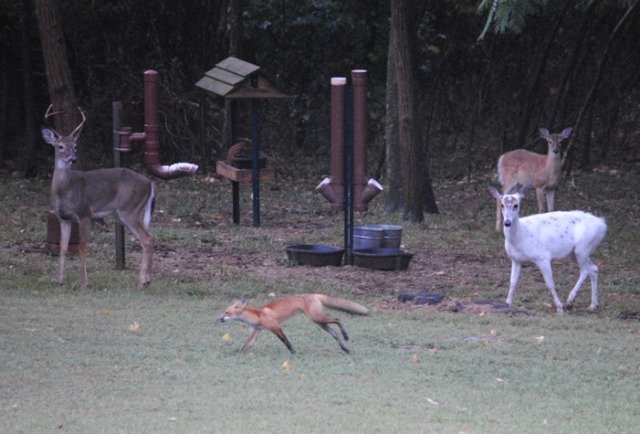|
Next Fox Hunt on ________________
2:00 PM -
starting at ________________________________________________.
The Fox (hidden
transmitter) will be within a 5 mile radius of the
starting location, listen on frequency 147.42 simplex.
Use Delta 146.82 for the initial check-in or " I'm on the way ", also monitor
146.82
during the hunt (unless the group decides otherwise) for
assistance and possible
corroborations to hunt down the pesky Fox. During
the hunt, the focus is on the
usual Fox transmission frequency of 147.42 simplex - If you need and can't get
assistance on 146.82, then try on 147.42 in between the Fox transmissions.
Be
there a little early for show and tell, and to get ready.
Even if you are not ready to hunt yet - stop by to learn about
Radio Direction Finding, or ride with one of the usual hunters.
*
The hunts are usually limited to about 1.5 hours, and it's all about
fun, training and actually using many physical aspects of ham radio.
*
Program these common repeaters: 146.82,
146.88, 146.85, 147.36, and these simplex freqs 147.42, 146.46, 442.26 in your radios before
leaving home.
The 440 frequency 442.26 is a perfect harmonics of the 2 meter Fox frequency, this may help you find
or get close to the
fox once you get within 100 ft ?. In-line-attenuators are helpful (even
mandatory) to reduce the
signal and help to triangulate or directly home-in on the area where the fox is
hiding. Within a city block, the fox's 1 to 5 watt signal may be so strong, you
might not have any directivity. At this point you may get lucky and
stumble upon the Fox, or will need to rely on more advanced, or even more crude
means of direction finding such as body shielding or placing your HT in a tin
can. Don't matter what you use or how you do it - it's a kick to find the
fox.
Some HTs have built-in limited attenuators, look at your manual or menu to see
if yours is capable. Phil has been successfully utilizing the old trick of
tuning off frequency to attenuate the fox signal - so from his success I am
going to program memories for above 147.425, 147.430, 147.435, 147.430 and lower
147.415 ... With these memory channels ready to click-to - maybe I won't
forget to use this trick. Will report later if above and lower are both
needed and how far is needed till you completely loose the fox signal. During the 6-1-13
Training Exercise Dwayne introduced the use of GPS units into our events.
I for one, didn't know how to enter a Lat/Long instead of an address, or how to
go into the "walk-to mode" to find a specific point by walking. This is a good occasional
training component that could help find someone in a storm shelter, or in a wooded or
remote area. Hopefully the local foxes will find clever ways to incorporate GPS
coordinates into our hunts.
Also using apps on your smart phones can aid in transmitter finding. You
may forget your compass, but you phone's compass app could be as or more accurate, and there
are GPS apps we need to learn about and utilize. It's not easy to always
have the correct printed map when you don't know "where" in the first place -
your phone map button can help. Jeff found an app call Fox Hunt which
does mapping and triangulation to help find a specific point (where the fox is
hidding).
After a few hunts, and if you want
to setup to be the fox - most of the current foxes use the Byonics PicCon Fox
Controller. I wrote an abbreviated
instruction sheet for
programming the PicCon, which includes a cheat-sheet to keep in your fox box.
If you enjoy a challenge - then you may enjoy fox
hunting.
....
Good Luck
...
If you want to be added to Memphis Fox Hunter's Mailing List
send a email to
ray@hamcalendar.com
-----------------------------------------
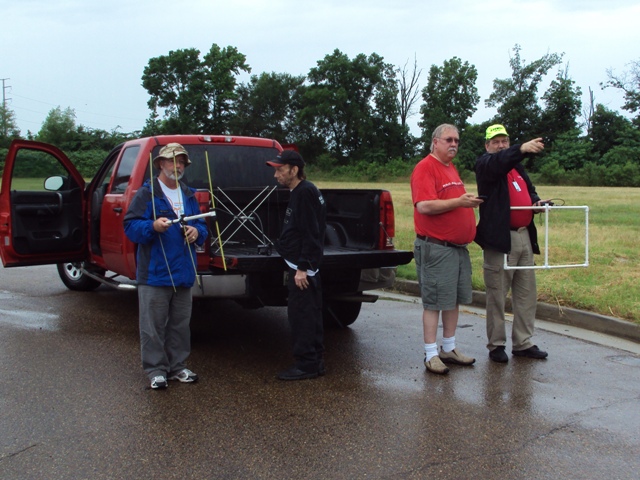
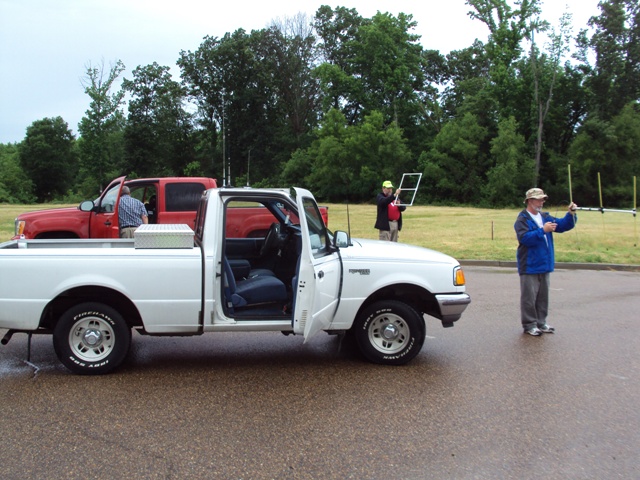
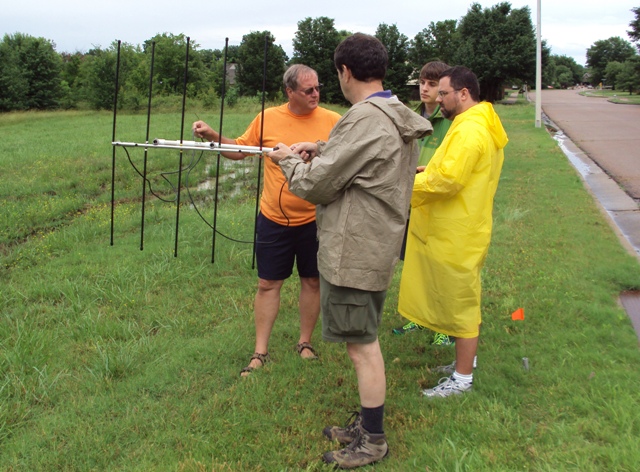
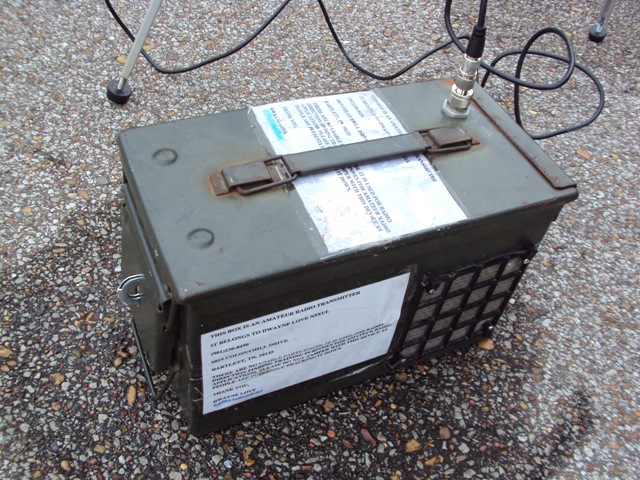
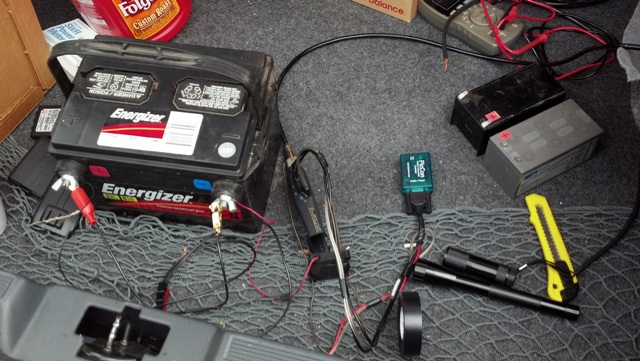




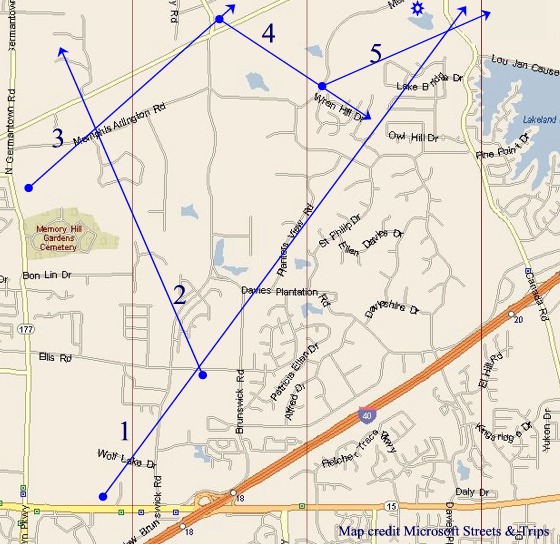
|
